Ceiling tiles of polystyrene foam

Features of the material
Styrofoam is the folk name of extruded polystyrene foam, which has been massively used in the construction industry. It is used to produce a huge variety of building materials and products due to the small air cells that are inherent in its structure.
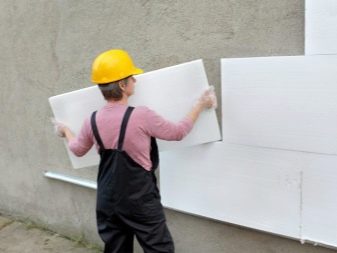
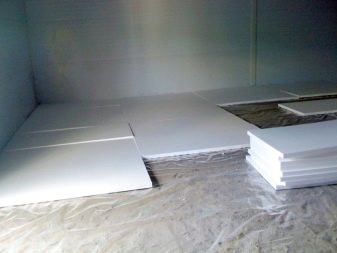
Styrofoam has the following qualities:
- it retains heat well;
- the possibility of changing the configuration of the product;
- excellent processing;
- lightweight structure.
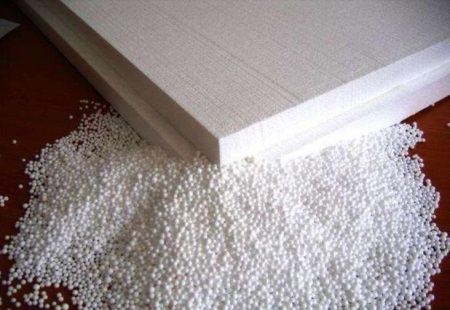
Pros and cons
Ceiling foam tiles also have a number of positive features:
- retains heat in the room;
- can be used in rooms with high humidity;
- Is not afraid of mold and various types of fungi;
- chemically stable, does not decompose;
- Low cost - a budget option;
- levels out minor surface defects;
- for installation does not need additional devices;
- the ceiling can be repainted both at the initial stage, and in operation several times.
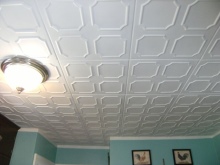
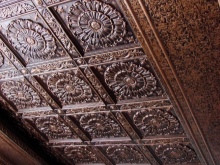
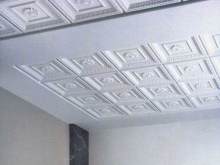
The disadvantages of ceiling tiles can include:
- in combustion emits toxic substances, such tiles are prohibited for use in schools and preschools;
- has low soundproofing properties;
- during installation the place of connection of tiles is visible;
- the low strength of the material - it easily breaks even with a non-sharp object;
- shelf-life is limited to two years - after that the tile becomes yellow.
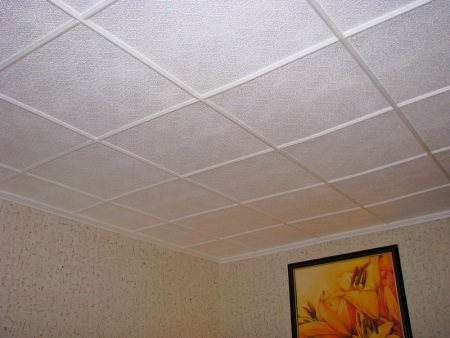
Types
Ceiling tiles of foam are divided according to the form of execution:
- square - size range - 250 x 250, 300 x 300, 500 x 500 mm;
- Rectangular (panel) - size 1000 x 165 mm - mainly used in the repair of non-residential premises of public buildings;
- any other regular or irregular geometric configuration - will help to create a unique interior.

According to the method of manufacture and thickness distinguish the following types of ceiling tiles:
- 7-8 mm thick - obtained in the process of pressing and stamping sheets of foam with a technical press;
- 14 mm thickness - produced by injection method by creating the product in injection molds;
- 2.5-3 mm thick - a small thickness is obtained by extrusion method.
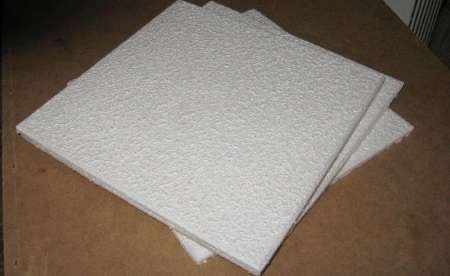
What else is a ceiling tile
Tiles are also distinguished by the front surface. It can be both smooth or embossed, laminated or plain, with or without a relief border. In most cases, the ceiling tile is available in one color scheme: white and has a simple pattern. However, some manufacturers also produce colored tiles. The main purpose of ceiling tiles: ceiling tiling with subsequent application of water-emulsion composition on the tile, which is perfectly absorbed.
Tiles with embossed edging are usually offered by manufacturers with standard sizes: 500 x 500 mm. The material is flexible and pliable. The installation technology is seamless, which requires a fast-drying adhesive composition.
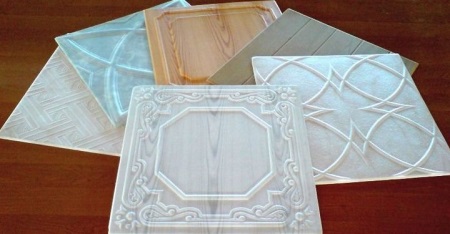
How to choose?
We offer some tips on choosing ceiling tiles.
So, when buying tiles for the ceiling, you should pay attention to the following criteria:
- The edges should be even. If they are deformed or bent, then such a tile should not be purchased;
- The edges should not crumble;
- Check the uniformity of density and structure. On the tiles should not be dents and various waves;
- The clarity of the graphics. The picture on the tile should not be blurred;
- quality. To assess the quality of the product, it is enough to lift the tile by the edge and shake it a little. The edge should not deform or break.
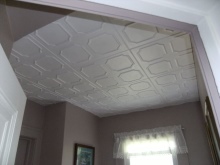
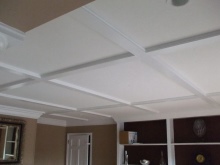
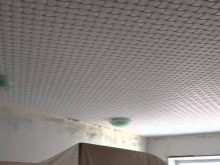
Varieties of glue
What kind of glue is better to use for ceiling tiles? To answer this question, you need to know the criteria for selecting glue.
There are several indicators of quality glue:
- high penetrating properties;
- excellent viscosity;
- the color of the adhesive - white;
- universality;
- no solvents in the composition of the adhesive;
- The drying time of the adhesive must be fast.
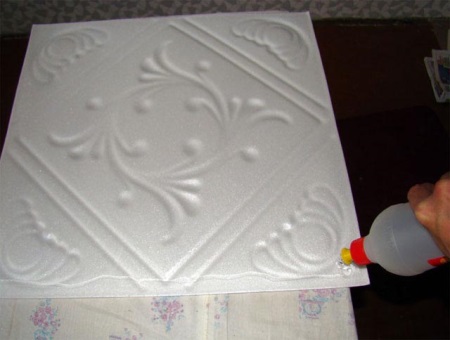
There are several categories of this consumable:
- universal polymer-based;
- polyvinyl acetate;
- liquid nails;
- acrylic-based putty.
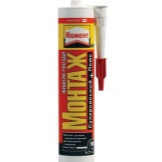
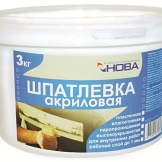
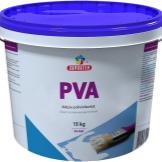
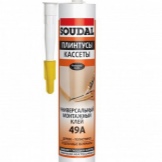
Universal
This adhesive also has a number of varieties:
- Eltitance. It is designed for gluing concrete, plaster and wood coatings. When it is used, a soft joint is formed. Disadvantages: it takes a long time to dry;
- titanium. Distinguishing features: viscosity, quality glues metal, glass and plastic, dries quickly enough;
- master. In composition, the glue does not differ from titanium, it is in demand due to its low price. However, it has several negative qualities: it takes a long time to dry and has a pungent specific smell;
- moment. The distinctive features of this category of glue is that it has a short drying time and adhesion to surfaces. Of the disadvantages, you can note the high price and high consumption. When working with this glue builders recommend using a gun to reduce the consumption of adhesive mass.
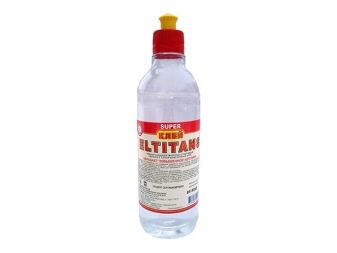
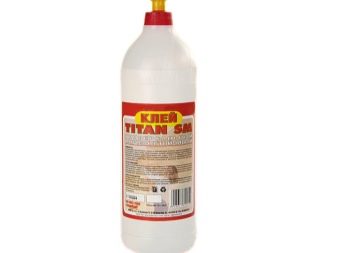

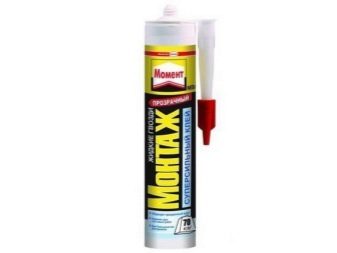
Popular and such brands of glue as "Hvat", "Lakra", "Dragon" and others. There are virtually no differences in characteristics and prices, so they are also used in the installation of ceiling tiles.

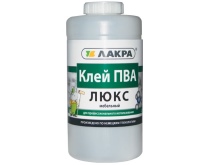
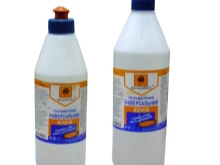
Polyvinyl acetate
This category of glue contains only 2 varieties:
- PVA;
- Bustylate.
Features:
- no unpleasant odor;
- no special skills are required when working with this composition;
- high consumption and setting time. This is due to the fact that when using it, it is necessary to treat not only the tile itself, but also the ceiling. After that, the tile is pressed to the ceiling until it fully sets.
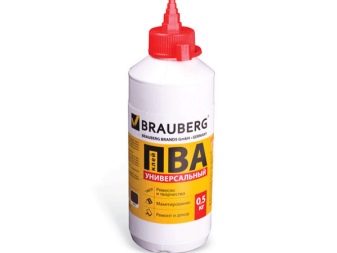
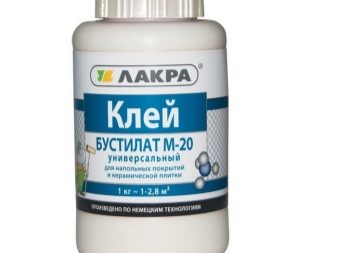
Liquid nails
This type of glue is used not only when performing work on the installation of ceiling tiles, but also when finishing joints, seams and cracks. When using it, it is better to prepare a construction gun, as the glue will be applied in a thick layer due to its denseness.

Depending on the surface, the adhesive consumption may vary. If the surface is relatively flat, it will be enough to make a few dot applications, but if the surface has abnormalities, it will require more glue.
When buying this adhesive, pay special attention to the color - it should be white, as traces of adhesive with a different color shade will be visible through the thin foam - and the absence of solvents in the composition.
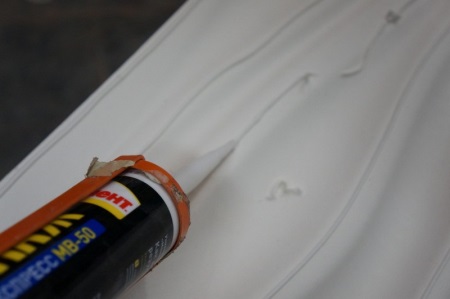
Acrylic putty
Purchasing this type of adhesive, special attention should be paid to its viscosity. This composition is also used to fix thin translucent components.
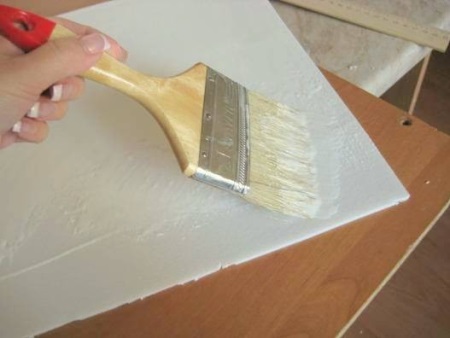
Stages of work
From the main stages of the technology of finishing, the following points can be distinguished:
- preparation of the necessary tools;
- preparation of the ceiling;
- The performance of marking;
- installation (gluing) of ceiling tiles;
- Finishing the ceiling.
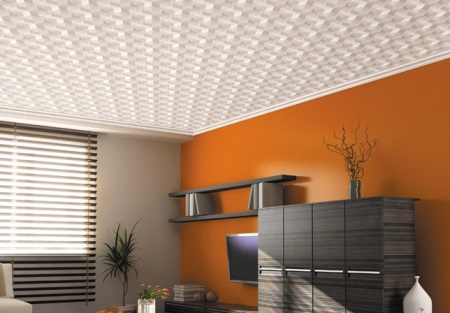
First item.
Here you may need the following equipment and materials:
- Adhesive or finishing putty;
- painting cord;
- primer;
- ceiling paint;
- trowel;
- roller;
- assembly knife;
- rag.
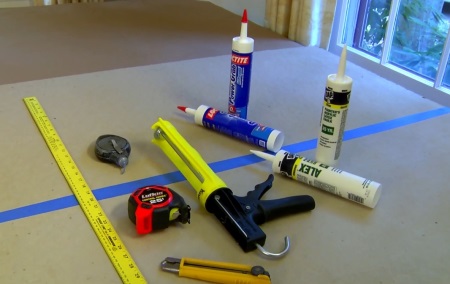
The second point
Remove the previous finish - it is necessary to wash the ceiling from the whitewash or remove wallpaper with a trowel, a metal brush. Wallpaper will be easier to remove from the ceiling, if before starting work to moisten them with water;
Treat the surface with primer according to the instructions. Usually the primer is mixed and poured into a tray. The primer is applied with a roller with a thin layer. It is necessary to squeeze out the excess amount of primer. After the ceiling has dried completely, priming is done again.
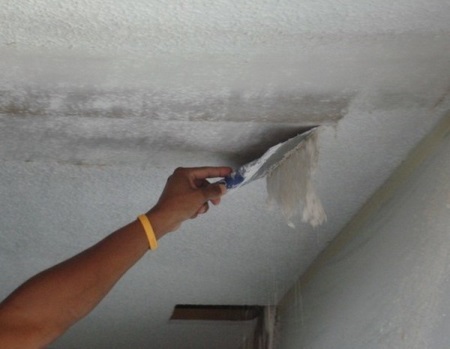
The third stage
Find the center of the ceiling. Stretch the painting cord diagonally, pull it away and release it. After that there will be a trace of rope on the ceiling. In the same way we draw the second diagonal. The intersection point of these two lines will be the center of the ceiling.
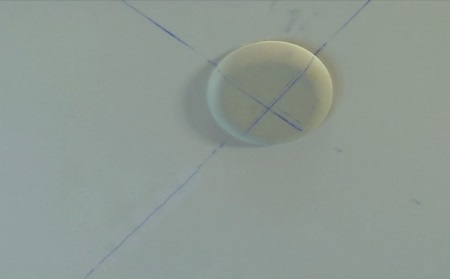
Step four
Before you start gluing tiles, you need to remove burrs from the edges with a craft knife. Next, we apply putty not on the ceiling, but on the tile itself, so as not to smear the markings, and smear over its entire surface. After that, you should attach the decor element to the ceiling center and make it flush with the marking.
However, it is better to glue a square of several tiles at once and then level it. After that, in the same way we glue the following elements. The remains of the tiles can be cut with a mounting knife.

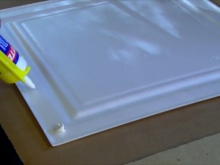

Fifth step
After the tiles are securely fastened to the ceiling, it is necessary to prime them. Next - accurately fill the seams with putty.
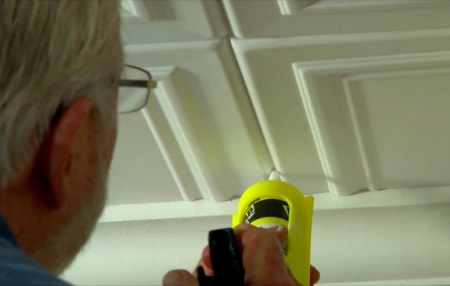
Painting
Painting the ceiling tiles - this is, first of all:
- protection from moisture, temperature fluctuations, various mechanical influences;
- a decorative component. The painted decor will look neat and stylish as a design solution;
- Prevent the formation of a yellow stain. Styrofoam will yellow over time, and a coat of paint will prevent this phenomenon.
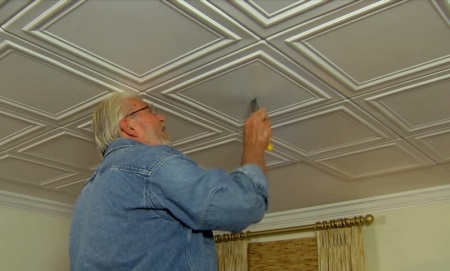
Paint Requirements
Before purchasing any variant of the paint, pay attention to the following indicators:
- good density;
- resistance to moisture;
- resistance to chemicals;
- resistance to color palette;
- indestructible;
- aesthetics.
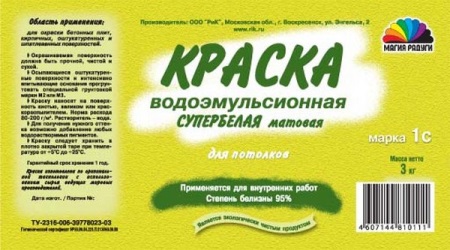
The following variants of dyeing agents should not be used:
- acetone-containing formulations;
- oil paints;
- alkyd paints.
Paint options. Pros and cons
What to paint a ceiling tile? Experts recommend using water-dispersion compositions. This category includes water-emulsion and acrylic paints.
Water-based paints have the following qualities:
- environmental friendliness;
- short drying time;
- easy application;
- excellent density;
- reasonable price;
- large assortment;
- good vapor permeability;
- fire resistance;
- resistance to reproduction of microorganisms.
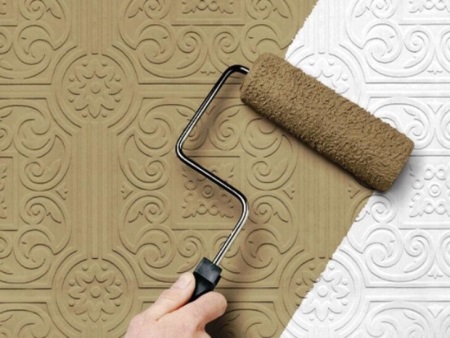
Negative qualities:
- suitable only for dry rooms, afraid of moisture;
- practically does not adhere to already painted surfaces;
- not suitable for metal surfaces.
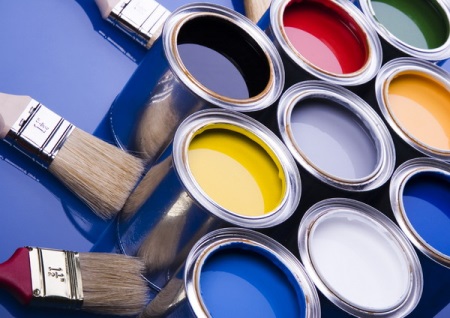
The second variant of paints has the following positive characteristics:
- water resistance;
- resistance to high temperatures;
- elasticity and high strength;
- brightness;
- environmental friendliness;
- ease of use;
- good drying speed.
The disadvantages are poor vapor permeability and overpriced.
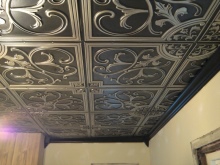
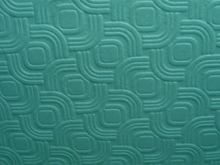
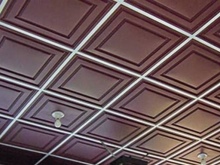
Maintenance
Note that special care for the foam ceiling is not required. It is enough to occasionally clean with a damp cloth from dust. But if the tiles are laid in the kitchen, how to update the old tiles, make them clean and fresh?
In the kitchen, grease deposits and various stains are possible. Hostesses have a question: How do I clean these stains? The answer is simple: you can use detergents for an unpainted ceiling. If the ceiling is painted, it is necessary to find out what are the qualities of the paint composition: whether it will not bubble and crack after cleaning.
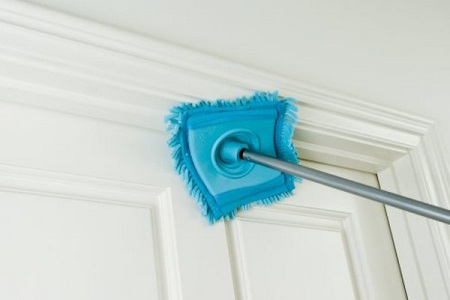
On how you can glue foam tiles to the ceiling, see the following video.




